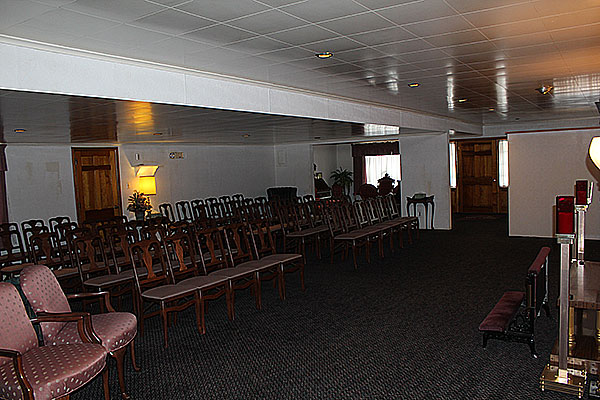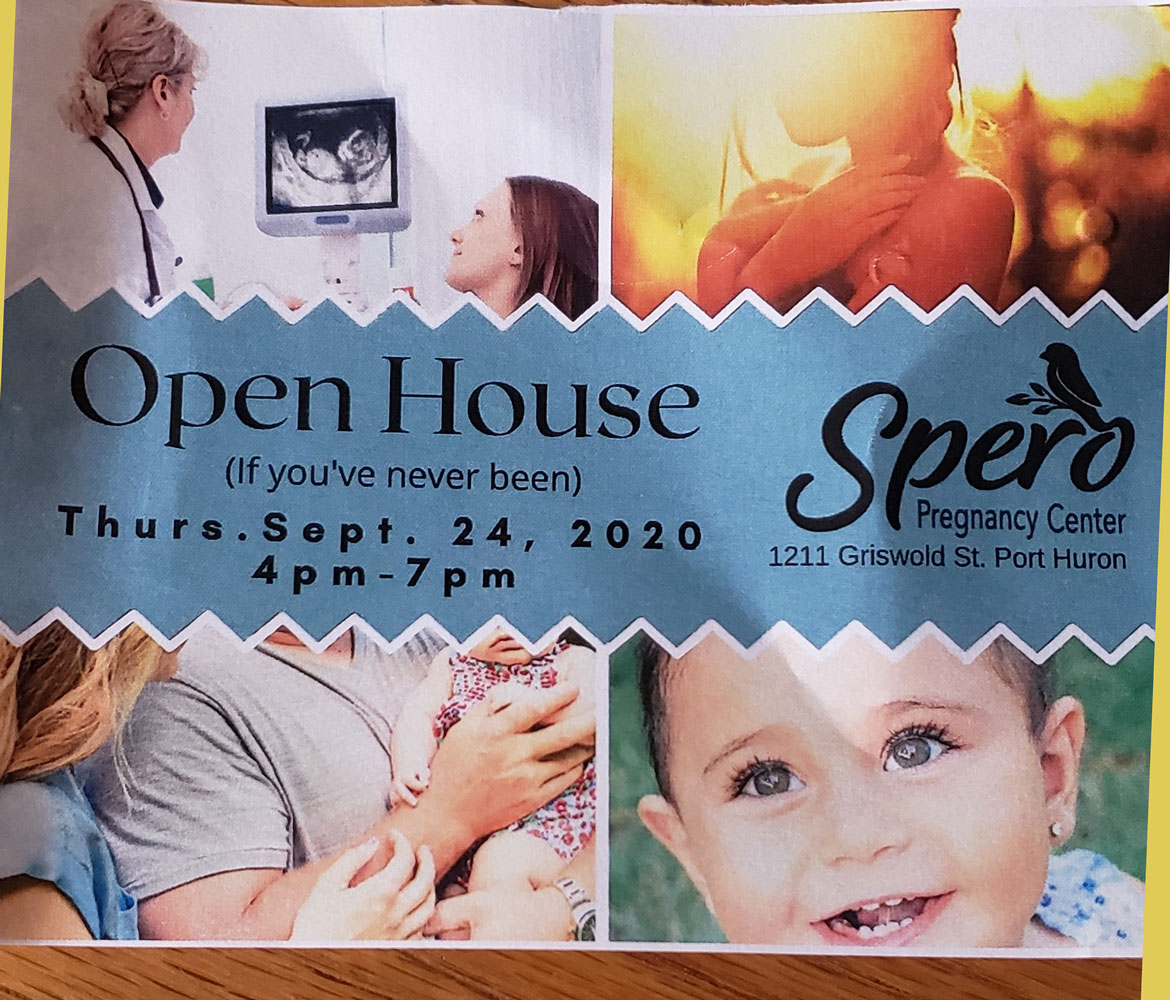Slovenian-infused Mardi Gras carnival returns to CLE
Table of Content
The upper hall contains the stage, stage room, kitchen, meeting rooms, storage rooms, upper bar & annex, caretakers’ apartment and multiple restrooms. An office, conference room and stage storage room are located on the mezzanine floor. In 1939 the Board of Directors secured a loan from the Slovene Mutual Benefit Association in the amount of $10,000 to purchase land from James & Frances Rotter, John Lenak, and Frank Derdich and to expand the hall.
Enterprising individuals began opening taverns, which soon became social centers, with the owners assuming a prominent social and economic role among their fellow countrymen and often expanding into other business ventures. Over time, some of the immigrants sent for wives and children and fiancées; family units began to appear. Most of the Slovene immigrants came from a strongly Roman Catholic religious tradition and one of their earliest desires was to have their spiritual needs attended to by Slovene-speaking priests. ST. VITUS parish, serving the St. Clair community, was organized in 1893; St. Lawrence parish appeared in 1901 in the Newburgh area; while St. Mary parish was founded in Collinwood in 1906. Each of the Slovene national parishes also established a parochial school, although by the 1980s the St. Lawrence school had closed and the existence of the St. Vitus and St. Mary schools was endangered.
Celebrate Christmas Day at the Maltz Museum with a Tour, Crafts & Food Donations
The old home was not very safe and had outlived its purpose. Cleveland is home to the largest population of Slovenians in the world outside of Slovenia. Slovenians began to settle in the city in the 1880s, with a large Slovenian community developing along St. Clair Avenue between E. Cleveland originally attracted Slovenians because of its industrial base and its need for unskilled and semi-skilled laborers. The first wave of Slovenian immigrants to come to Cleveland therefore tended to be young, unmarried men seeking economic opportunities.
Profit from this concert in the amount of $301 was donated to the hall. Another chorus under the name of “Zorislava” was organized and had their first concert on March 26, 1927. The chorus existed six years under the direction of Peter Srnovrsnik.
History
The new building, constructed around the old Diemer Mansion, could handle large and small affairs simultaneously in 2 auditoriums and several meeting rooms. Library, the sokol gymnasium, and has been the scene of numerous events, with nearly 100 fraternal, political, social, cultural, and sports societies, mostly Slovenian-American, having used the facility. Activities at the home revitalized in the 1960s with groups established by a new generation of young Slovenian immigrants. The children of older immigrants returned to the hall for meetings and special occasions such as debutante balls. Thanksgiving Day polka festivals attracted upward of 2,000 each year. The hall also hosted political rallies and visits by various local and state candidates.
One, the Partisans, was controlled by the Communist party under Josip Broz Tito. Cleveland Slovenes divided sharply over which of these resistance groups to support. Some opted for the Partisans; they were influenced by Louis Adamic, a nationally prominent Slovene-American writer of the 1930s and 1940s. These Slovenes organized material and moral support for the Partisans and continued their efforts into the postwar years. One result of these efforts was the eventual establishment in Cleveland of an official Yugoslav consulate, which was led by an ethnic Slovene. After the establishment of an independent Slovenia in 1991, its government opened an Honorary Consulate and appointed a local Slovene, Dr. Karl B. Bonutti, honorary consul.
Cleveland Kurentovanje, Slovenian-infused Mardi Gras carnival, returns to St. Clair-Superior neighborhood
The Slovenian Pensioners Club of Euclid was organized on March 3, 1961 at the Slovenian Society Home and continues to hold their meetings at the hall. The purpose of the club was to have a place for retirees to alleviate lonely hours by sponsoring lectures, social gatherings, outings and trips. Club 59’ers was organized in 1959 as well as Cleveland East Suburbanires Barbershop Singers. The Axis occupation of Yugoslavia and thereby Slovenia was followed by the rise in the original homeland of rival resistance groups.

The facility includes a full complement of furnishings and equipment necessary for operation as a social hall and community center. The Euclid Loyalites Lodge No. 158 SNPJ have been a part of the Slovenian Society Home since 1919. Napredek Lodge No. 132 became a member of the home on December 26, 1920. Klub Ljubljana, a social club, was organized in 1926 by 23 Slovene businessmen. Lodge Slovenski Dom No. 6 of AMLA was one of the founders. Chorus, SNPJ came in January 1963, and also sponsors two events annually.
Slovenian National Home Kenik Room Fundraiser
The largest, the SLOVENIAN NATL. HOME on St. Clair Ave., with a seating capacity of more than 1,000, was constructed in 1924. Financed through the sale of shares to Slovene organizations and individuals, operated by boards of trustees elected by the shareholders, the Natl. Homes served as anchors in the settlements, in company with the Roman Catholic national parishes.
While use of the Slovene language has all but disappeared in large parts of the community, there seems little doubt that Slovenes in Cleveland will remain a coherent entity for decades to come. Saturday, Feb. 28 is the main festival day of the 2022 Cleveland Kurentovanje. Followed by a parade at noon featuring cultural and local organizations. Cleveland Kurentovanje is a week-long Slovenian-infused Mardi Gras carnival.The “Kurent Jump” will kick off the festival’s in-person events as the Kurents emerge from their year-long hibernation. Attendees can enjoy hearty stews, drinks and live music from the Chardon Polka band.
As a rule, these refugees were better educated than their predecessors and politically very conscious. Although accepted by most of the Catholic community, they were viewed with suspicion and hostility by the liberal, or "progressive" wing of the Slovenes. These newest arrivals soon became active in the cultural life of the community, reinvigorating it. In the 1950s they founded the Korotan Singing Society and Kres Folklore Dance Group. In the later 1970s, their U.S.-born offspring established the Fantje Na Vasi men's chorus and were the backbone of the Lilija Dramatic Society. At St. Vitus and St. Mary parishes, Saturday Slovene-language schools remained active into the 1990s.

There have been Masquerade Balls, reverse raffles, dinner dances of various lodges, anniversary celebrations of various lodges, card parties, blood donation days, etc. People have reserved the hall on Fridays, Saturdays and Sundays up to two years in advance for receptions, anniversaries and other special occasions. At one time more than 42 clubs used the hall as headquarters. Already by 1914, a basic and permanent ideological cleavage had emerged within the Slovene community, both in Cleveland and in other major settlements.
Michelle Pušič Ryall will demonstrate Slovenian culinary favorites and registrants will get a list of ingredients in advance so they can cook along with Michelle at home. Cleveland Kurentovanje, a Slovenian celebration of anticipation for spring, was launched in the St. Clair/East 65thStreet area ten years ago. It gradually expanded into a week-long series of events. By the 1990s, the Slovene community in the Cleveland area numbered well over 50,000, although many of these were no longer ethnically conscious. Yet the community vigorously continued supporting literally hundreds of organizations reflecting their ethnic heritage and traditions.
In 2001 the cost of certificates rose to $10 each due to increase costs to maintain the Home. There are 1,400 certificate holders on record as of 2015. On the north wall of the main reception hall hang two massive paintings of a man and woman each about 10 feet high, dressed in traditional Slovenian garb donated by PSWA Circle #3. West of the hall are three Balina courts, where club members’ play. During the summer the Clubroom sponsors Balina teams consisting of both men and women. The basement lower hall contains a bar room, kitchen, club room with kitchen, storage rooms, the boiler room and multiple restrooms.
Comments
Post a Comment